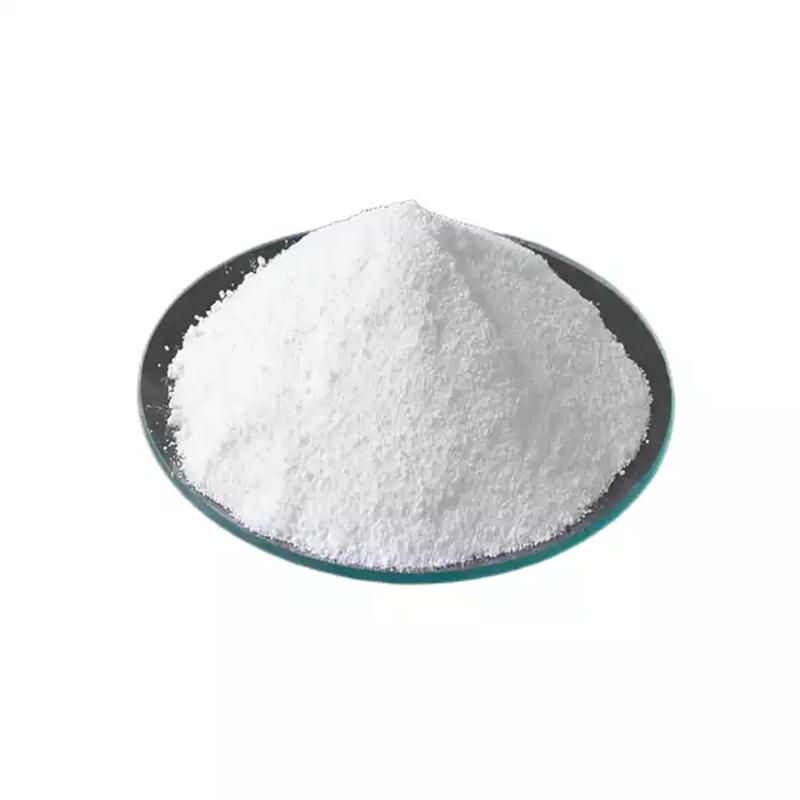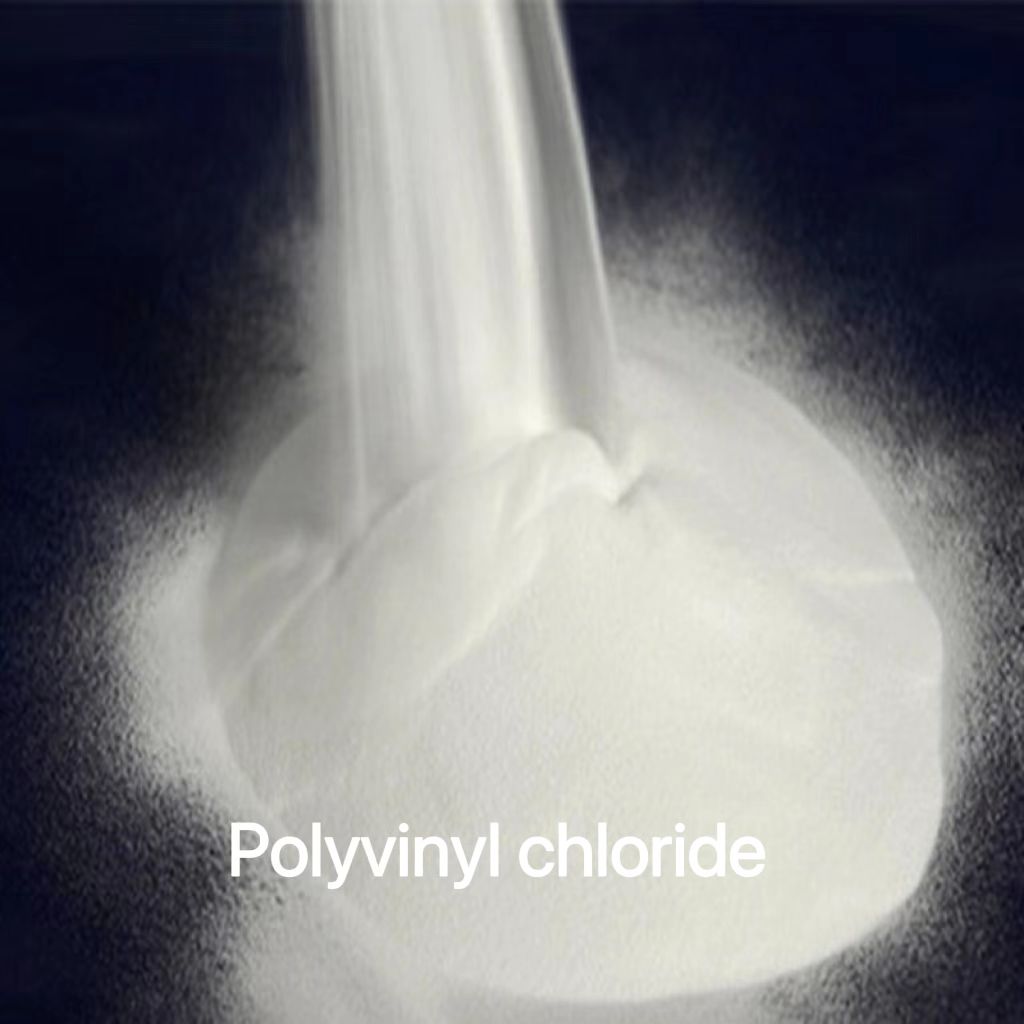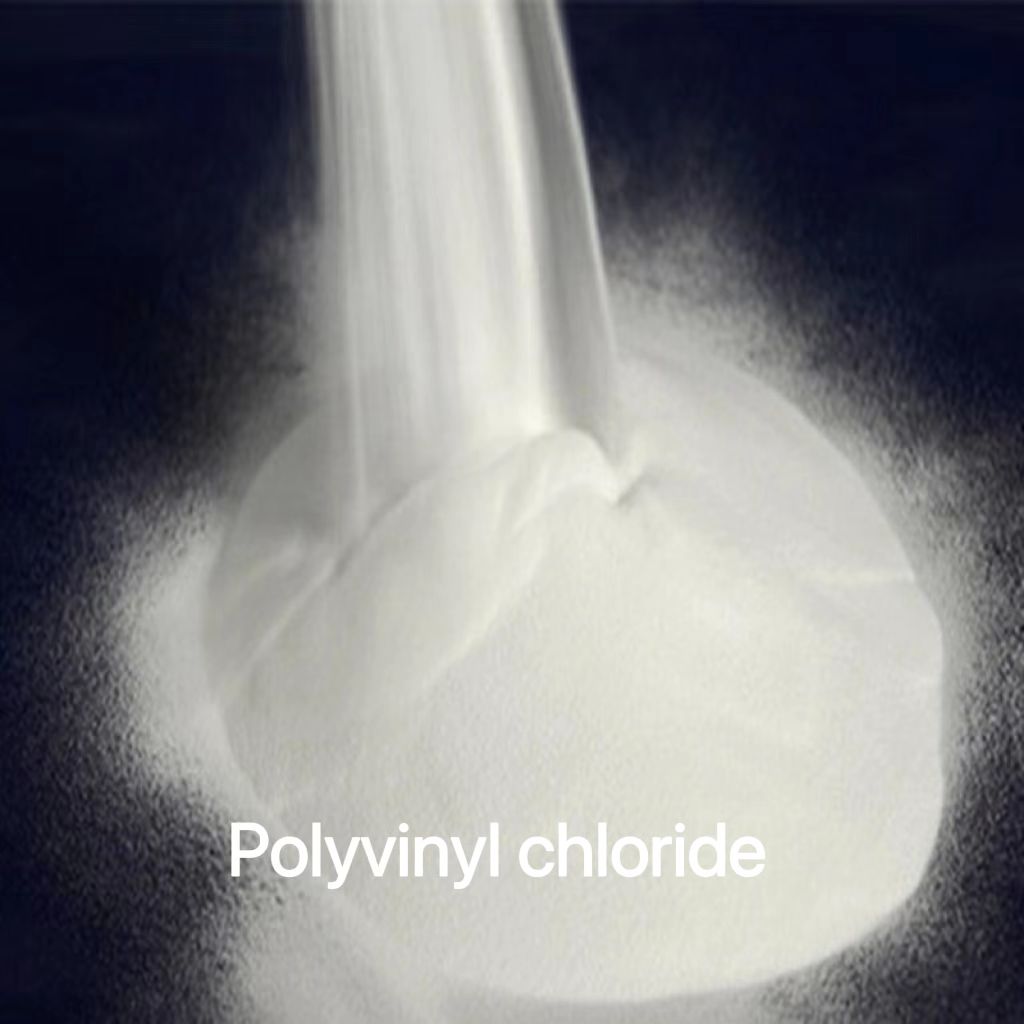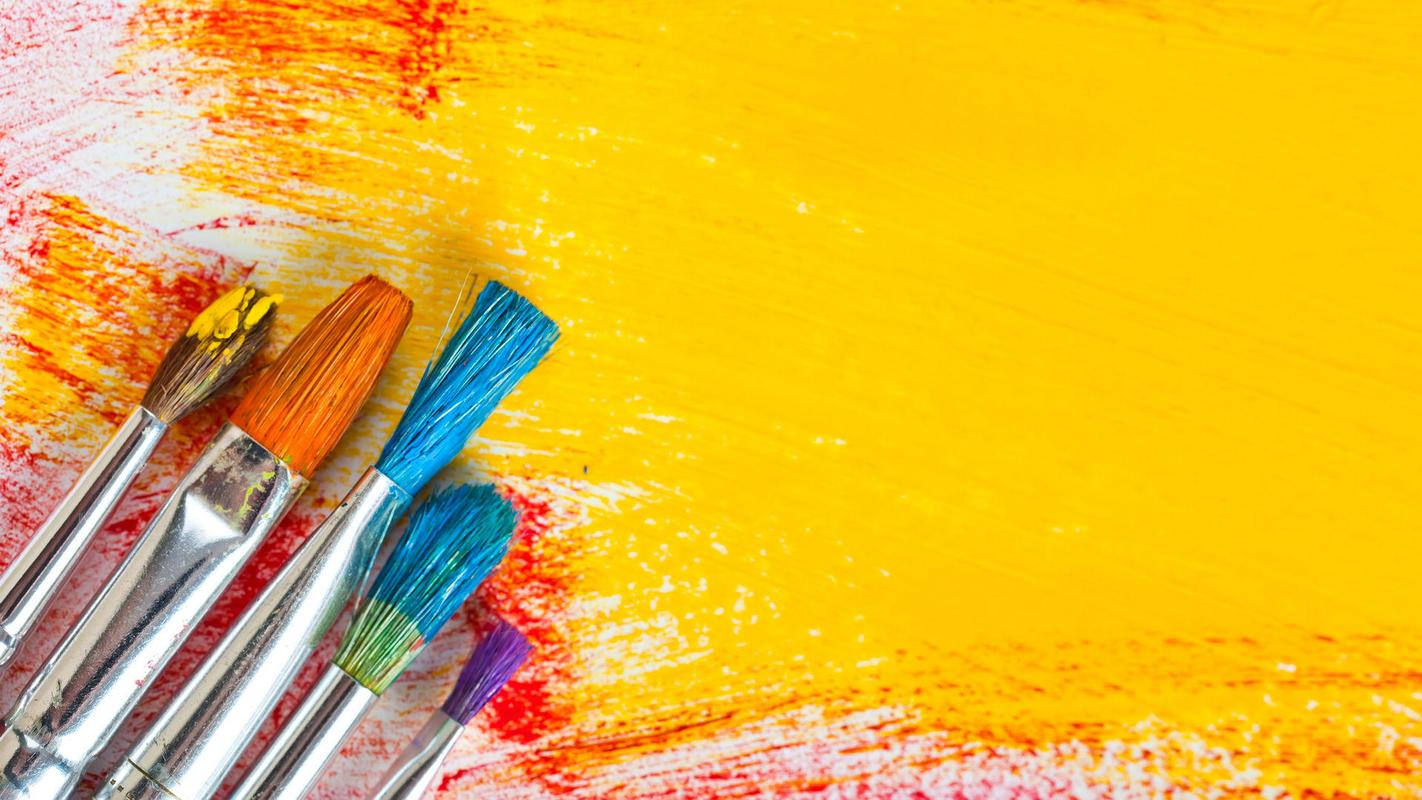Differences in PVC production technology
There are two production processes of PVC, one is chlorination process, the other is acetylene process.
Brief introduction of calcium carbide acetylene process
The method is to directly synthesize vinyl chloride (VCM) by the addition of acetylene and hydrogen chloride in the presence of mercuric chloride catalyst, and then polymerize to obtain polyvinyl chloride. The production process can be divided into acetylene preparation and purification, vinyl chloride synthesis, product refining and vinyl chloride polymerization. This method has simple process and equipment, low investment and high yield; However, due to the large energy consumption, high raw material cost and high toxicity of catalyst mercury salt, it is restricted by environmental protection.
Brief introduction of ethylene oxychlorination process
At present, the ethylene oxychlorination process for VCM production, which is popular in China, is composed of eight units, namely, direct ethylene chlorination, ethylene oxychlorination, dichloroethane (EDC) rectification, EDC cracking, HCl hydrogenation and acetylene removal, VCM refining, wastewater treatment and incineration. Ethylene chlorination is divided into low temperature method (50 â), medium temperature method (90 â) and high temperature method (120 â).
The main advantage of ethylene oxychlorination method is that hydrogen chloride generated from the thermal cracking of dichloroethane is used as the chlorinating agent, so that chlorine can be fully utilized. As the calcium carbide acetylene process is relatively simple and the ethylene process is relatively long, the investment is large, but the chlorine of the latter can be fully utilized, and the "three wastes" can be treated without discharge.
Recommanded products from TDD:
 Zhongtai Brand PVC RESIN SG-5
Zhongtai Brand PVC RESIN SG-5
 XINFA PVC Resin SG-5
XINFA PVC Resin SG-5














